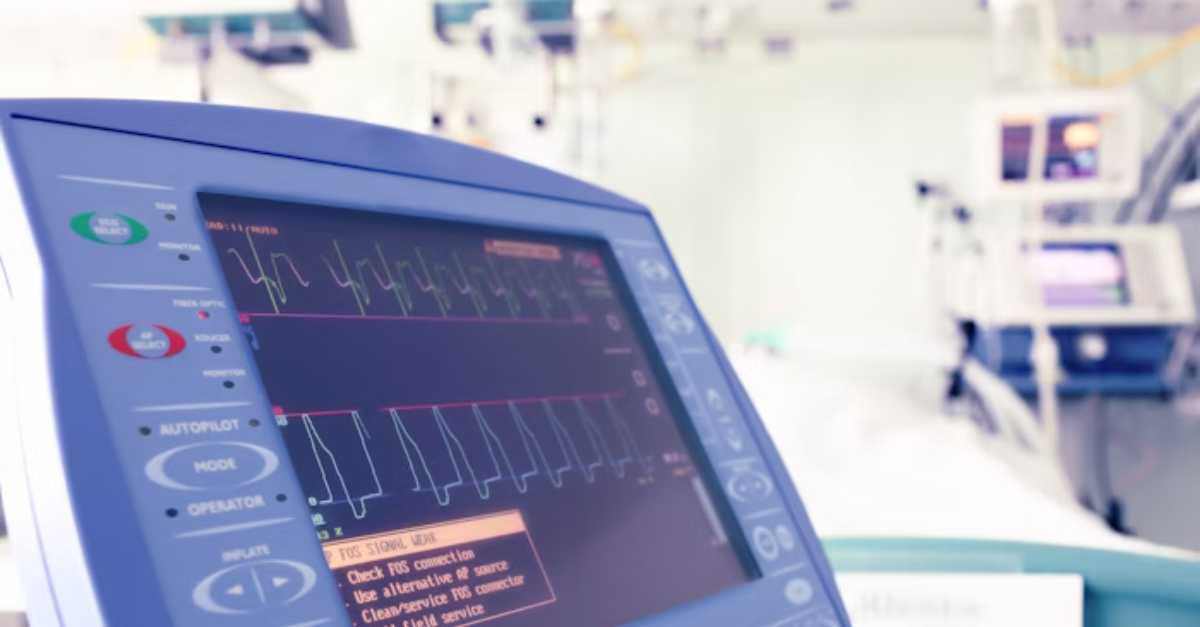
How Original Medical Device Cost Data Informs HTM Capital Planning
See why original cost data is key in achieving high-level estimations for capital planning purposes – and how HTM leaders can access that information ...
Solutions
Workplace Management Solutions
Real Estate Management Solutions
Maintenance Management Solutions
Energy Management Solutions
Engineering Document Management Solutions
Asset Management Solutions
Automate campus scheduling for classes, meetings, and exams with our EMS software.
Plan and manage conferences effortlessly with EMS software to impress guests and streamline operations.
Boost workplace flexibility and maximize space use with seamless desk and room booking.
Organize workplace or campus events smoothly, creating memorable experiences.
Optimize workspace, manage allocations efficiently, and reduce costs with our space management solutions.
Deliver projects on time and within budget by improving communication, collaboration, and efficiency with our software.
Streamline lease accounting for ASC 842, IFRS, and GASB compliance.
Manage leases efficiently by tracking key dates, analyzing costs, and ensuring compliance.
Centralize data and analytics for better insights, faster negotiations, and revenue growth.
Centralize facility and asset maintenance, automate work orders, and ensure compliance with our CMMS software.
Extend asset life, reduce downtime, and prevent costly repairs with data-driven monitoring.
Prevent equipment failures and extend asset life by detecting and addressing issues early.
Make sustainable, cost-efficient energy decisions by monitoring and optimizing power consumption.
Remotely monitor and control equipment with real-time data to predict issues, boost efficiency, and reduce downtime.
Easily share and collaborate on documents, creating a single source of truth for engineers and contractors.
Manage and analyze assets across their lifecycle to schedule maintenance, reduce downtime, and extend lifespan.
Improve visibility, automate work orders, and ensure compliance for efficient facility and asset management.
Resources
Browse our full library of resources all in one place, including webinars, whitepapers, podcast episodes, and more.
Support
Looking for access to technical support, best practices, helpful videos, or training tools? You’ve come to the right place.
About Accruent
Get the latest information on Accruent, our solutions, events, and the company at large.

Different departments are responsible for providing the level of service that make a hospital run. Learn how to eliminate silos and meet the challenge of efficiency.
Table of contents
All these support services are necessary to keep the hospital going, so that hospital staff can provide care and patients can receive treatment. These support services also have an opportunity to drive operational improvement.
Often, departmental directors in support services must deal with the pressure to “do more with less”. They may need to cut their operating expenses by 10% or reduce headcount. These departments need the ability to increase the efficiency and utilization of staff to meet the workload (because the workload is never going away).
The clinical piece of the pie focuses almost exclusively on patient care and the use of clinical documentation systems such as EPIC and Cerner.
The financial piece includes billing, accounts receivable, accounts payable and purchasing/supply chain/materials management, all important aspects of managing the financial health and prosperity of a hospital.
The operational slice is comprised of a wide variety of support services, including biomedical engineering, facilities engineering, equipment distribution, environmental services, linens, dietary, courier service, security, IT, and others.
Typically, these departments operate independently. Many times, each department relies on their own software systems to manage workflow, which often becomes confusing to end-customers as to which “system” to use for request creation. From a departmental perspective, they need to operate independently.
From an end-user/customer support perspective, however, these silos become problematic, making it difficult for hospitals to meet the needs of the staff and the patients alike.
High efficiency in hospital operations is all about the elimination of departmental silos. Traditionally, because there are so many silos in the operational wedge of the pie, there is a need to streamline and standardize how these support service requests are captured and routed to the people who need to get the work done. What systems can be put in place to make your hospital as efficient as possible for patients and hospital staff?
Imagine you are a new nurse at a big hospital. Three weeks into your role, you have finished new hire orientation and you are ready to get to work. You sit down at your desk, but the room is freezing cold. What do you do? The next day, you need a specialty piece of mobile medical equipment to provide care for a patient. What do you do? Then the next day, after a patient’s assessment, you are asked to administer medication via an IV pump. But you know that the last time you needed an IV pump, it took three hours to get it. What do you do?
These multiple methods result in inefficiencies and leave much room for improvement. There is a better, easier, more scalable way for a member of your hospital staff to send a request for support services.
Across the health system, any number of support services departments and their end-customers, the rest of the hospital staff, can benefit from handling different types of support service requests through a single portal. Regardless of the support need, requests can be distributed and delivered through Accruent’s portal to the appropriate group to be fulfilled. It is a seamless workflow orchestration.
Given all the internal and external pressures that hospitals feel, with reimbursements, Medicare/Medicaid and the Affordable Care Act, hospitals need to provide a high level of service at the lowest possible price point.
Operationally, the big challenge in hospitals is continuing to meet patient needs and ensuring patient satisfaction while dealing with staff reductions. Without driving efficiency, it becomes difficult for departments to meet the never-ending demands of upholding service levels, which makes for happier staff who provide care to happier patients who give higher survey scores, which leads to stronger reimbursements from Medicare and Medicaid.
Over time, the streamlining and standardization of support requests increases operational efficiency gains in terms of staff utilization and staff efficiency. If you can give time back to your staff, they can do more, which drives up efficiency and drives down costs.
See why original cost data is key in achieving high-level estimations for capital planning purposes – and how HTM leaders can access that information ...
See how standardized medical device manufacturer and model names can help your healthcare HTM department keep your equipment data clean.
See how good life expectancy data in Accruent Data Insights can help you gain credibility for your capital planning recommendations.
Subscribe to stay up to date with our latest news, resources and best practices.
* To unsubscribe at any time, please use the “Unsubscribe” link included in the footer of our emails.